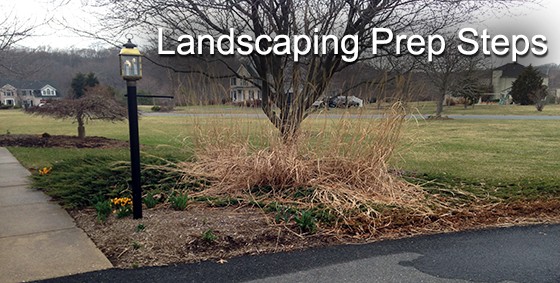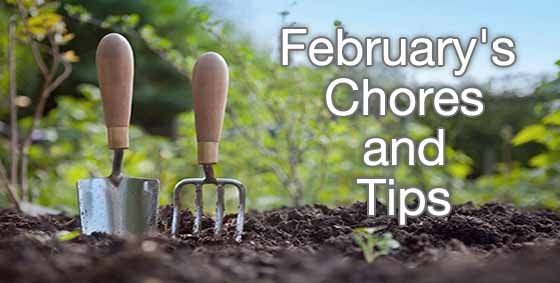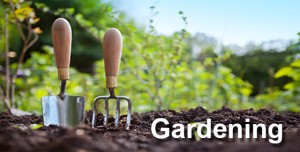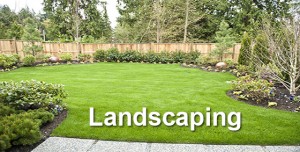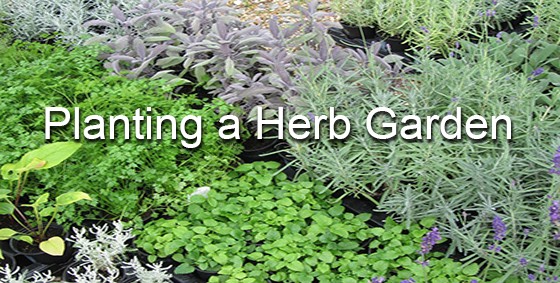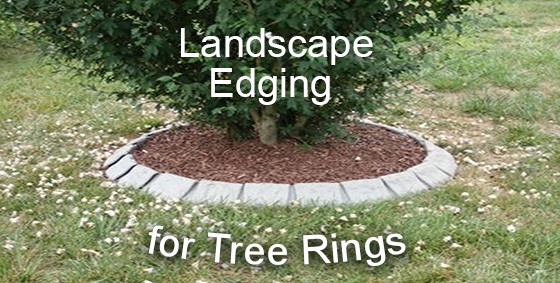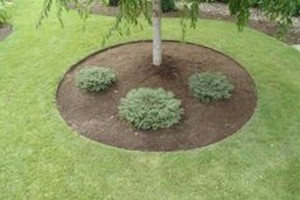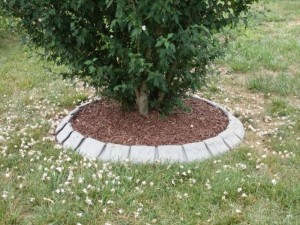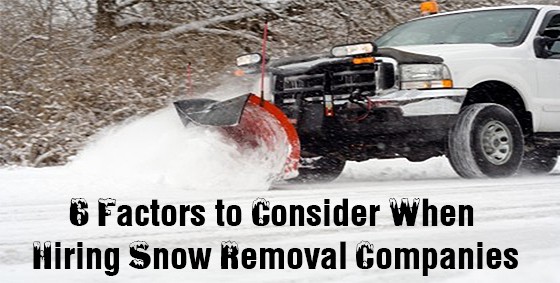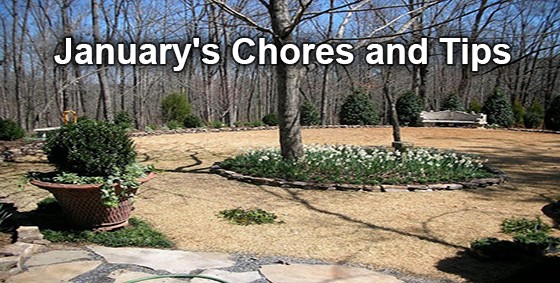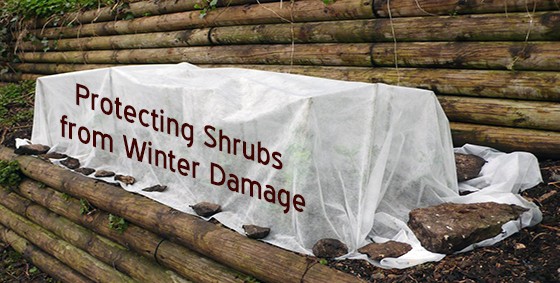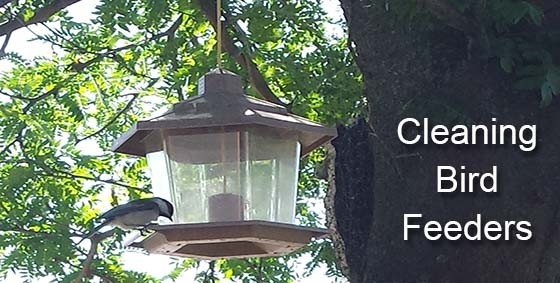
With the warmer weather quickly approaching, many people are beginning to think about their yards… and why wouldn’t they? Warm weather means going for walks, playing outside, picnics and barbeques! So how can you get your lawn ready for all these fun activities without spending an arm and a leg (not to mention all the time) on the grass?
Well, the good news is that we have the answers for you and they are easy to do! All you have to do is follow these four easy steps and you’ll have the perfect yard just in time for all the outdoor fun!
Grass Seeding
The idea of seeding your lawn might feel silly and maybe a bit pointless, but there are a few reasons why you should reseed your yard – even if you have grass already growing. When was the last time you or a previous resident planted grass? If you think decades may have passed, there is a possibility that the species of grass could be weak due to disease or more dependent on water. Not to mention that by reseeding you can put an end to those unsightly brown spots and bald areas.
Watering and Fertilizing
Setting aside a time to water your lawn may be more important than you realize. Watering during the day will cause the water to simply evaporate and when done at night, it can lead to fungus, disease and a sick lawn. The best time to water is either in the dawn or between the hours of four and eight in the morning. Fertilizing is just as important as watering your garden; you should feed your lawn a slow-release fertilizer about every five to six weeks.
Lawn Aeration
As intimidating and difficult as it may sound, aerating your lawn is actually fairly easy and extremely beneficial to your grass. Simply rent an aerator, preferably commercial-grade and follow the instructions. This process will help the water reach the roots of your grass, ensuring you waste less water while your yard gets all the nutrients it needs! Not only this, but it also prevents compaction, allowing your grass to breathe and grow. Watch your grass grow greener and healthier!
Ideal Length
Most people cut their grass short because they believe they won’t have to mow as often and they will have a healthier lawn with fewer weeds. The truth is that the shorter you cut your yard, the more problems you will have. Taller grass needs less water and tends to grow thinker with will prevent weeds from growing. The taller grass shields the roots which allows for a longer root system and ensures that the water soaks deeper into the ground.






